The Research
Technology
Laboratory
The Research
Technology
Laboratory
Gone but not forgotten
Gone but not forgotten
(Photo: Pacific Northwest National Laboratory)
The Research Technology Laboratory (RTL) complex housed important nuclear and other research throughout its service life. Located at the south end of the Pacific Northwest National Laboratory’s Richland campus, the facility supported multiple research and development projects for PNNL and for two previous Hanford contractors.
As the buildings in the RTL complex aged, they no longer supported a modern research agenda, and RTL's capabilities were replaced in other buildings on the PNNL-Richland campus. However, to remediate the radiological contamination within the RTL, it was determined that it would be carefully decontaminated and demolished. It was demolished in 2018.
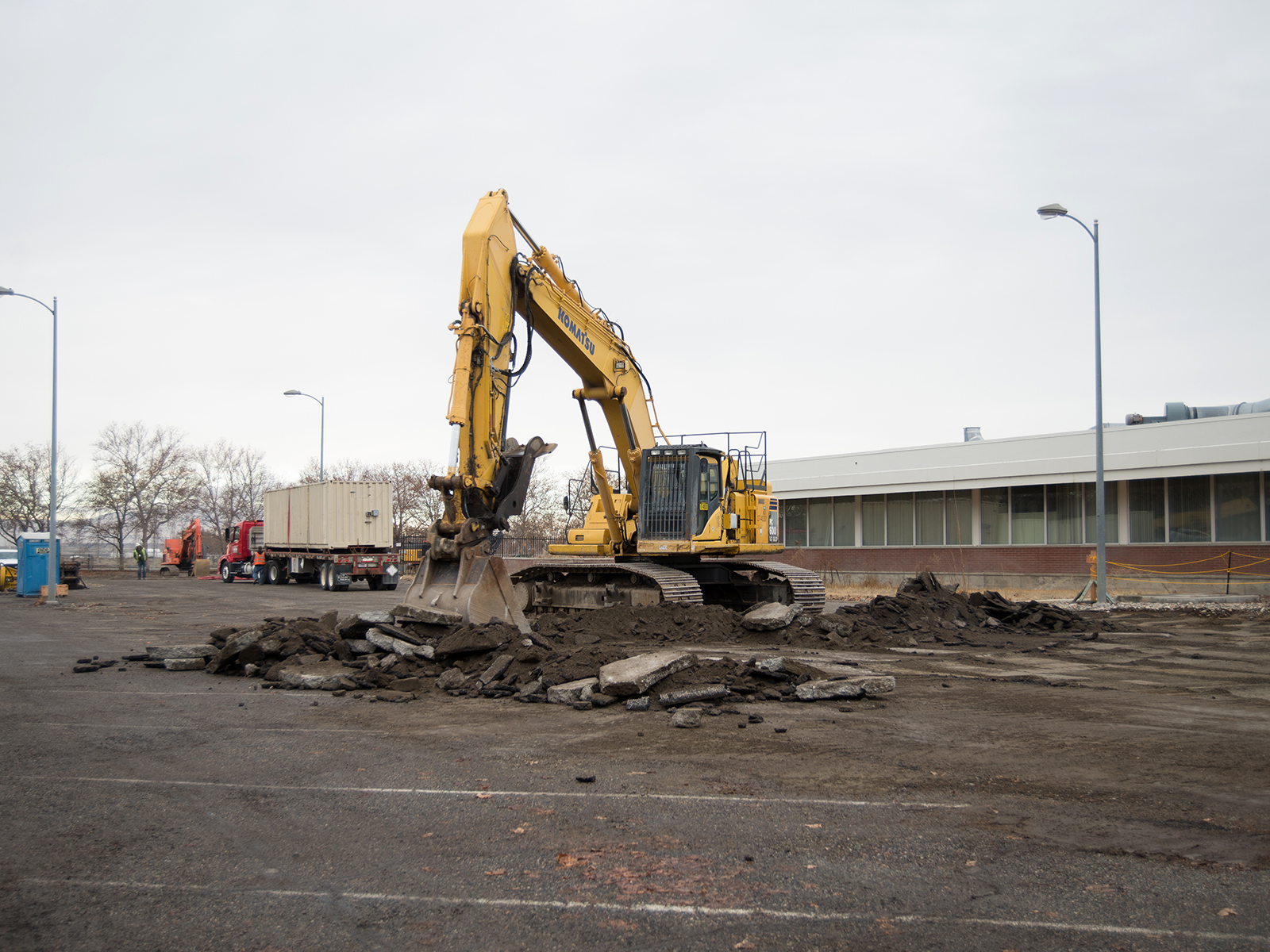
The Department of Energy (DOE) and PNNL's Cultural Resources Program is committed to preserving the history and architectural significance of RTL even though the physical structure no longer remains.
Prior to the demolition, an assessment by DOE's Pacific Northwest Site Office (PNSO) determined that two buildings in the RTL complex were eligible for the National Register of Historic Places because of their role in the government’s unique economic diversification programs in Richland during the 1960s. The design of the main RTL building also made it eligible for the National Register as a classic example of 20th century commercial modern architecture.
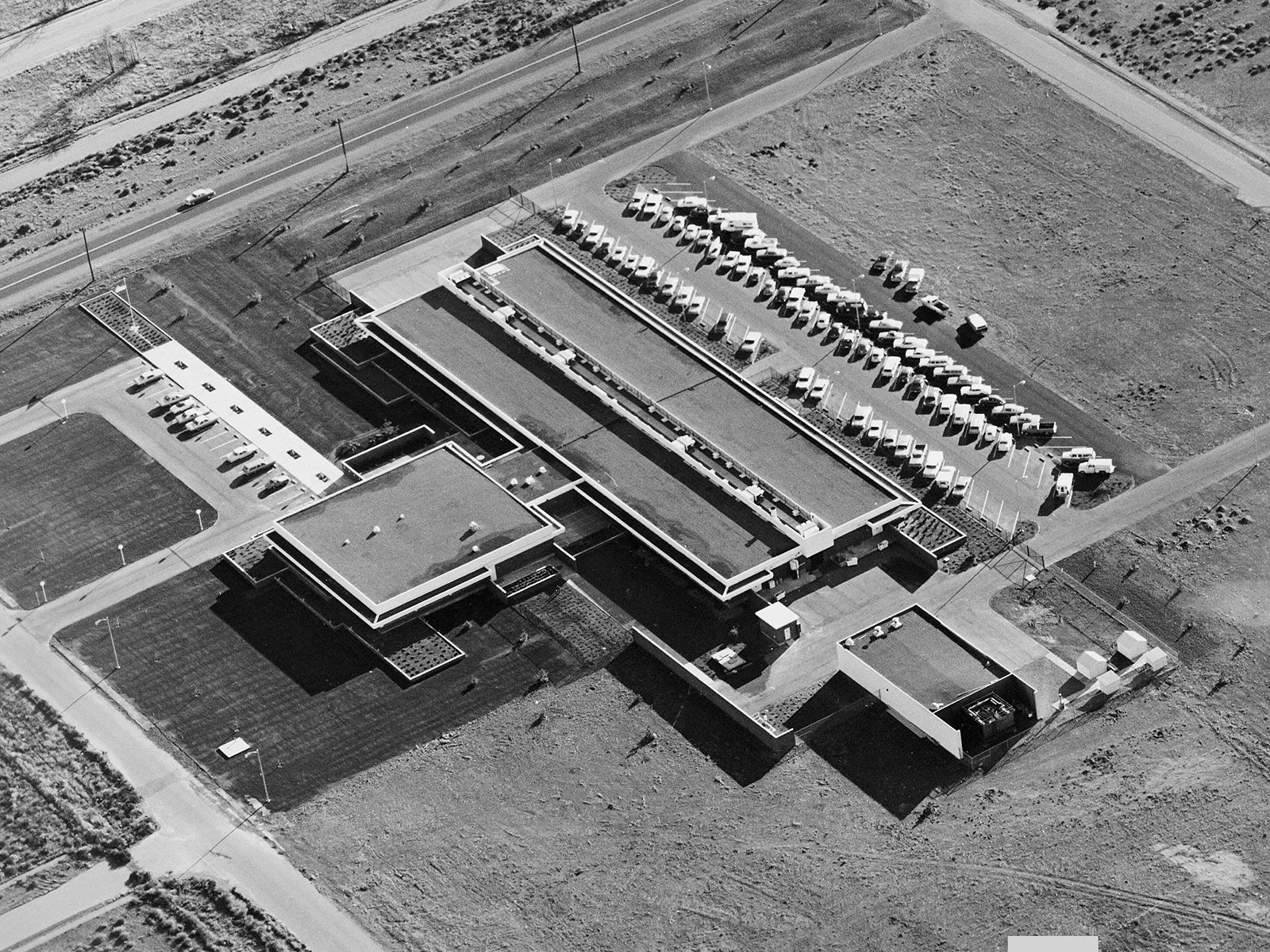
PNNL documented the role, history, and architecture of the RTL before the demolition began. This effort to keep the memory of the RTL alive was done in partnership with and under a Memorandum of Agreement between PNSO and the Washington State Historic Preservation Office.
RTL 520 Historic Significance
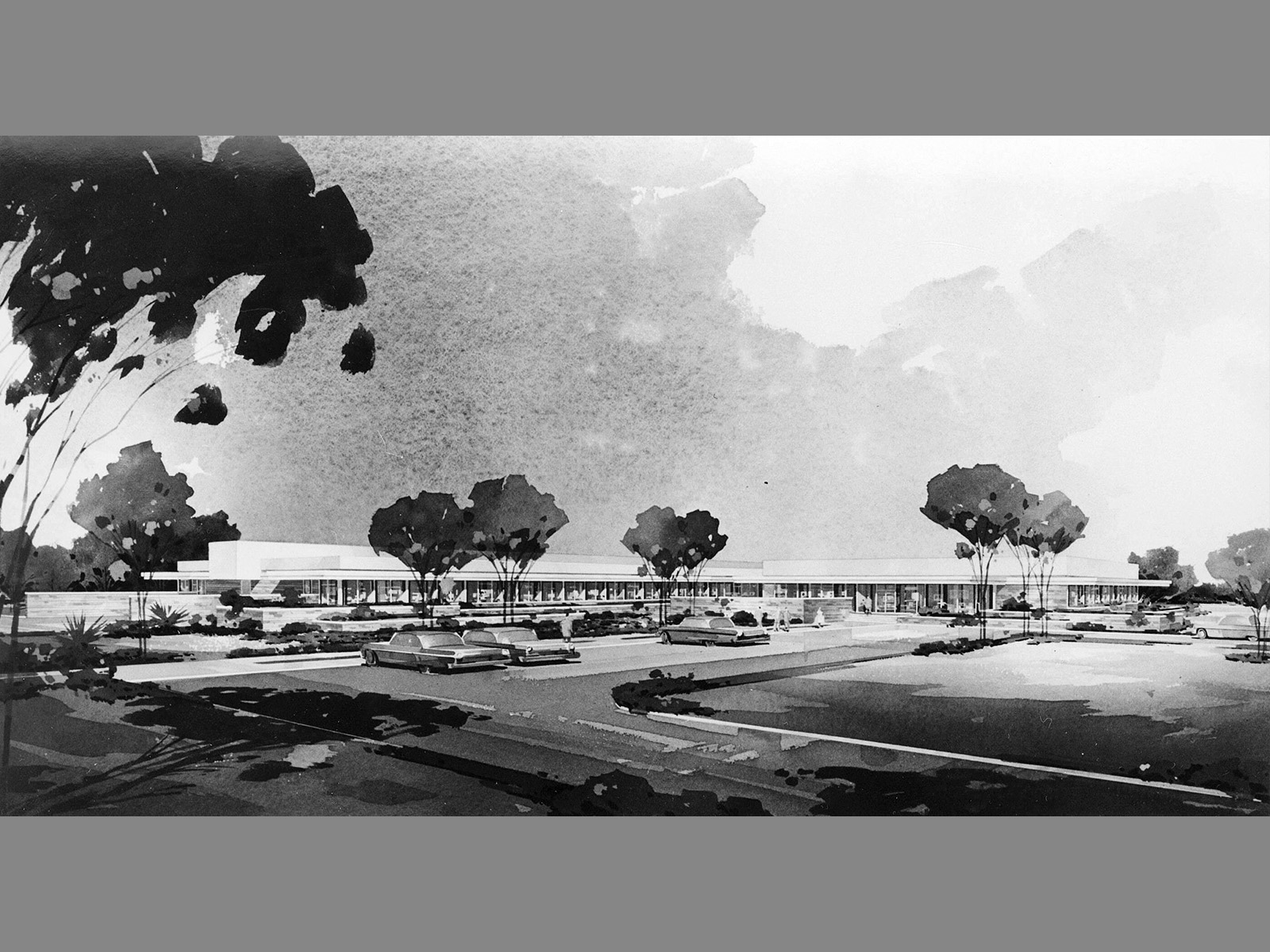
The RTL complex was comprised of eight buildings. The main building, RTL 520, contained wet chemistry laboratories, dry laboratories, and adjacent administrative offices. It was originally one of only two facilities in the North Richland area in which radiological work could be performed. Assorted warehouses, shops, storage spaces, and six other small buildings made up the rest of the complex.
Building to diversify the economy
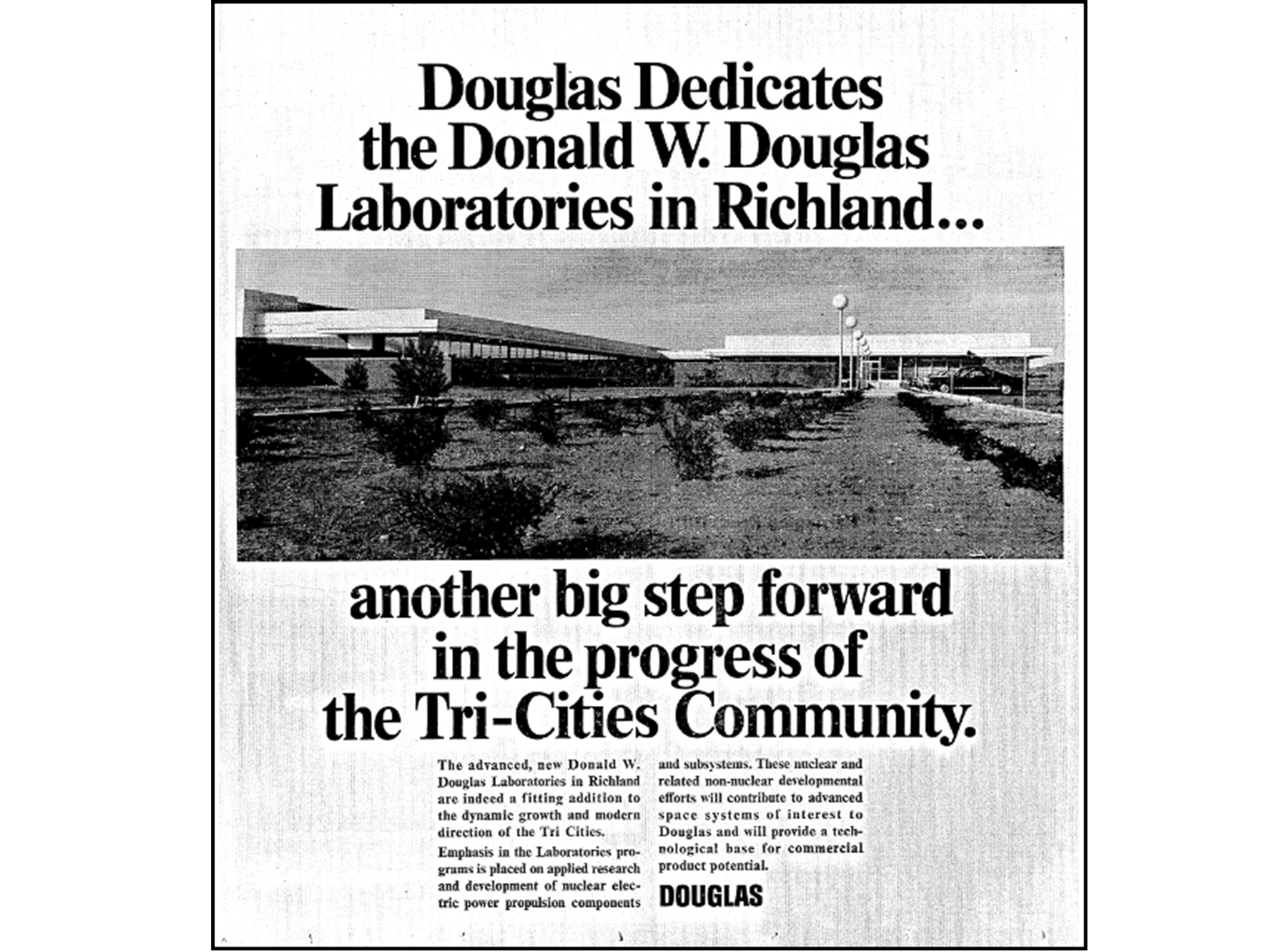
The RTL complex was built by the Douglas Aircraft Company in 1966 and originally named the Donald W. Douglas Laboratories. It played a vital role in the economic diversification of Hanford, which was managed by the Atomic Energy Commission (AEC) at the time. In the 1960s, community and business leaders believed that the region’s one-dimensional economy could be at risk of severe disruption due to the inherent obsolescence of nuclear weapons, the unpredictable nature of international relations, and arms-reduction treaties. The AEC began considering unique economic diversification measures to alleviate the region’s primary dependence on the production of plutonium. As additional contracts were added to manage different aspects of the Hanford mission, bidders were required to support economic development in creative ways.
Douglas Aircraft formed a joint venture with the United Nuclear Corporation as Douglas United Nuclear and won the bid to operate the Hanford reactors and fuel fabrication activities at the plutonium production site northwest of Richland. The agreement required the contractor to build a new facility to attract additional business activities to Richland and the neighboring communities.
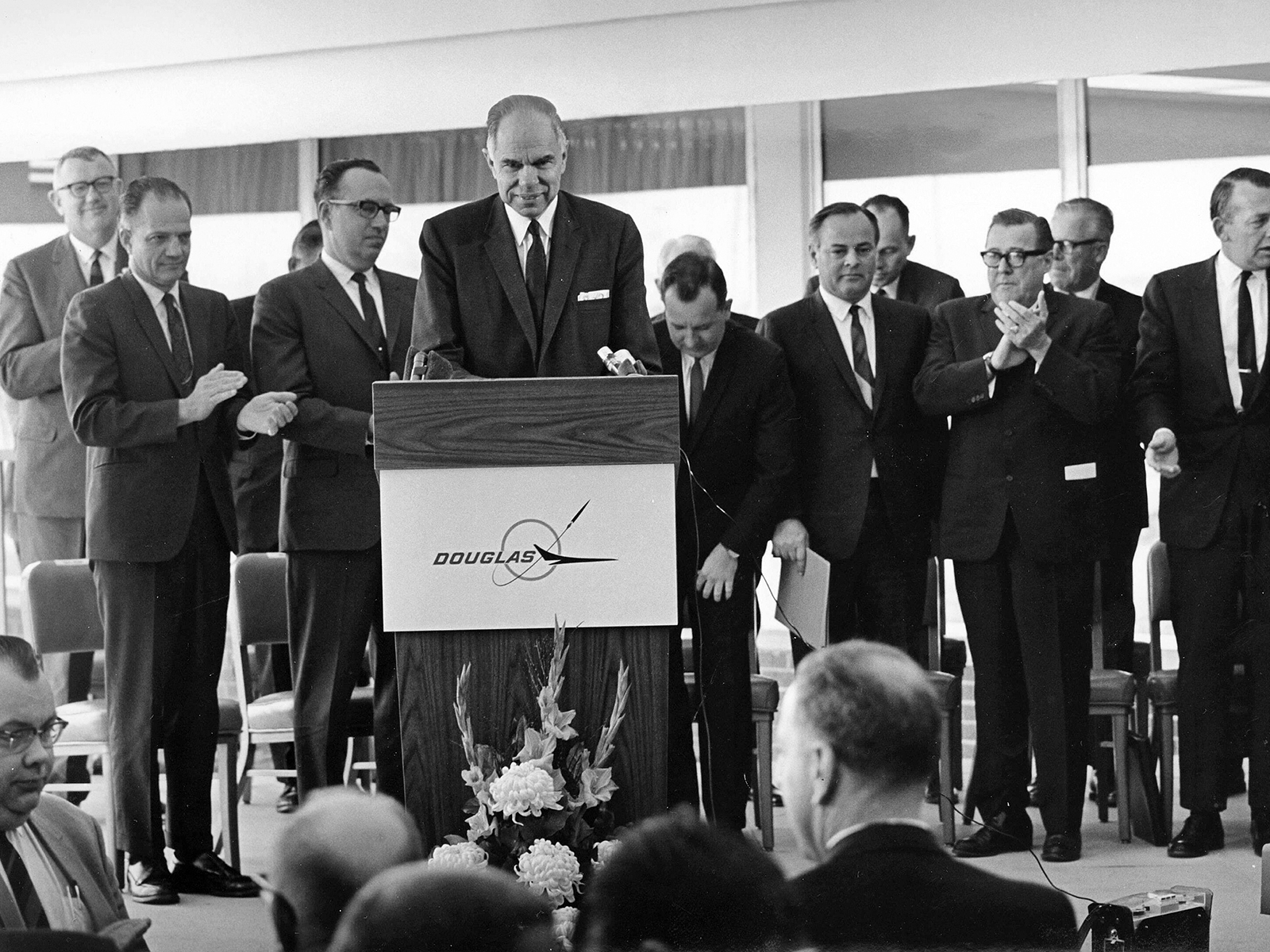
Douglas Aircraft Company used the facility for a wide range of research and development work in nuclear fields, including space power and energy applications, and the development of technologies for the cleanup of Hanford’s waste related to plutonium production.
Construction of the Donald W. Douglas Laboratories took place about the same time Battelle signed a contract to operate the Hanford Laboratories, promising economic diversification through private investment in facilities for contract research. Together, these agreements signaled the beginning of a successful collaboration between the AEC, Congress, and Tri-Cities community leaders to diversify Hanford and the local economy. The legacy of this effort led to the permanent use of multiple contractors at Hanford, the evolution of the Hanford Laboratory to Pacific Northwest National Laboratory, and the development of numerous “spinoff” technology businesses around the region.
The RTL complex served its research mission well for more than 40 years. The building was sold to Hanford contractor Exxon Nuclear in 1971 and continued to support Hanford production activities and research into the nuclear fuel cycle. When Battelle purchased the facility in 1982, it was renamed the Research Technology Laboratory. As part of PNNL, research at RTL expanded greatly to include materials science, toxicology, health physics, radiation dose reconstruction, environmental remediation, and national security.
Commercial modern architectural style
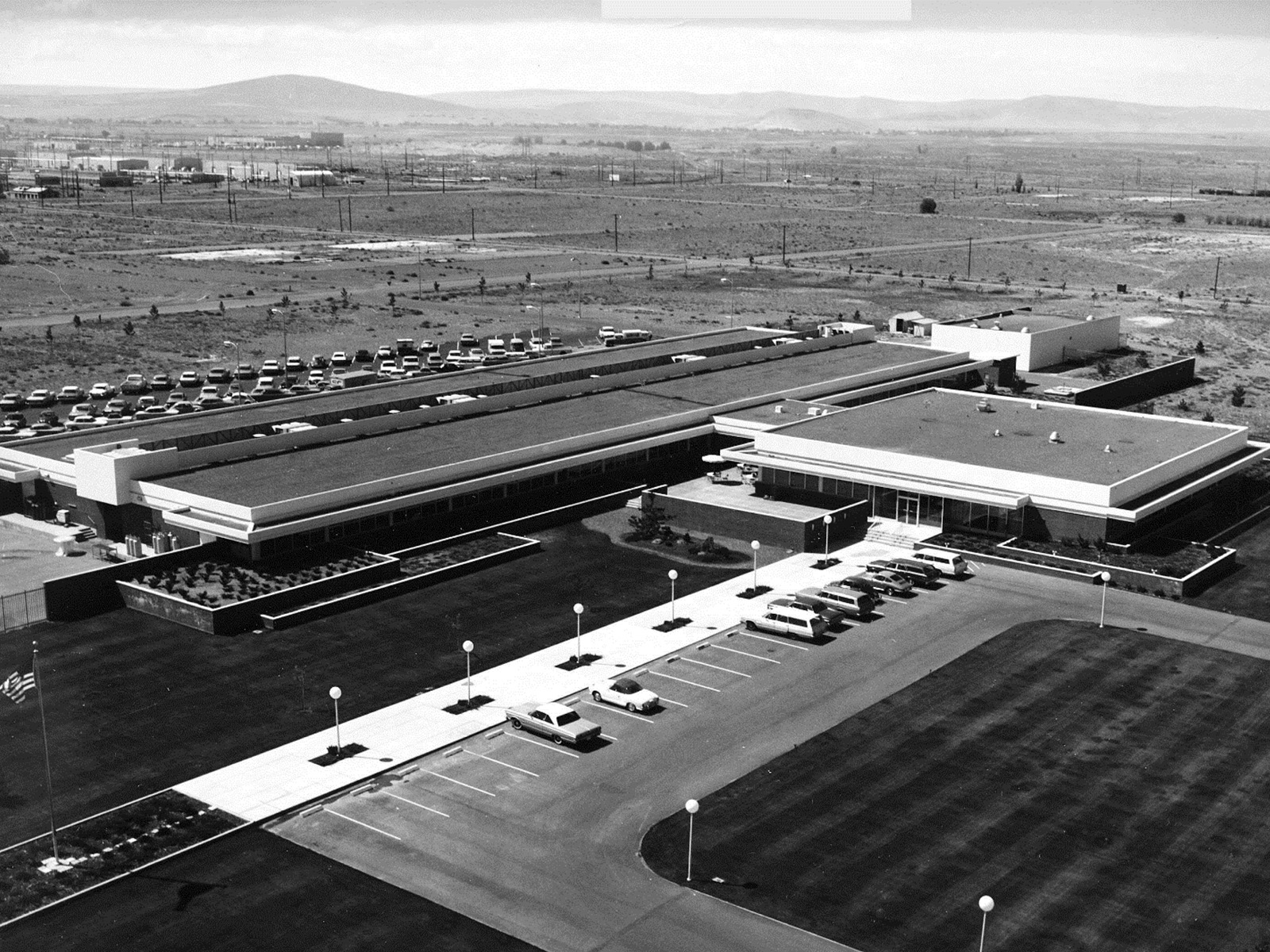
The Donald W. Douglas Laboratories was designed by Los Angeles architect S. Kenneth Johnson, a partner in the firm of Daniel, Mann, Johnson, and Mendenhall (DMJM). The DMJM portfolio included a wide variety of commercial and military-industrial structures for a range of government agencies, such as the Department of Defense and the National Aeronautics and Space Administration (NASA).
For both economic and aesthetic reasons, DMJM chose the International style. Architects who designed in the International style wanted to break with architectural tradition and design simple, unornamented buildings with minimalist features. Materials most commonly used were glass facades (usually curtain walls), steel for exterior support, and concrete for the floors and interior supports. Floor plans were functional and logical. While the International style was used often in the design of skyscrapers, this design was also used for single-story suburban office buildings, corporate campuses, and scientific research laboratories, like RTL 520.
The building’s exterior design incorporated International style features with emphasis on horizontal, linear features, generous application of glass bands or strips of aluminum-framed windows, and exterior curtain walls of concrete block with red brick facing below the windows. The building’s design is devoid of nonessential exterior decorations or ornamentation, with an emphasis on symmetrical, repetitive architectural features.
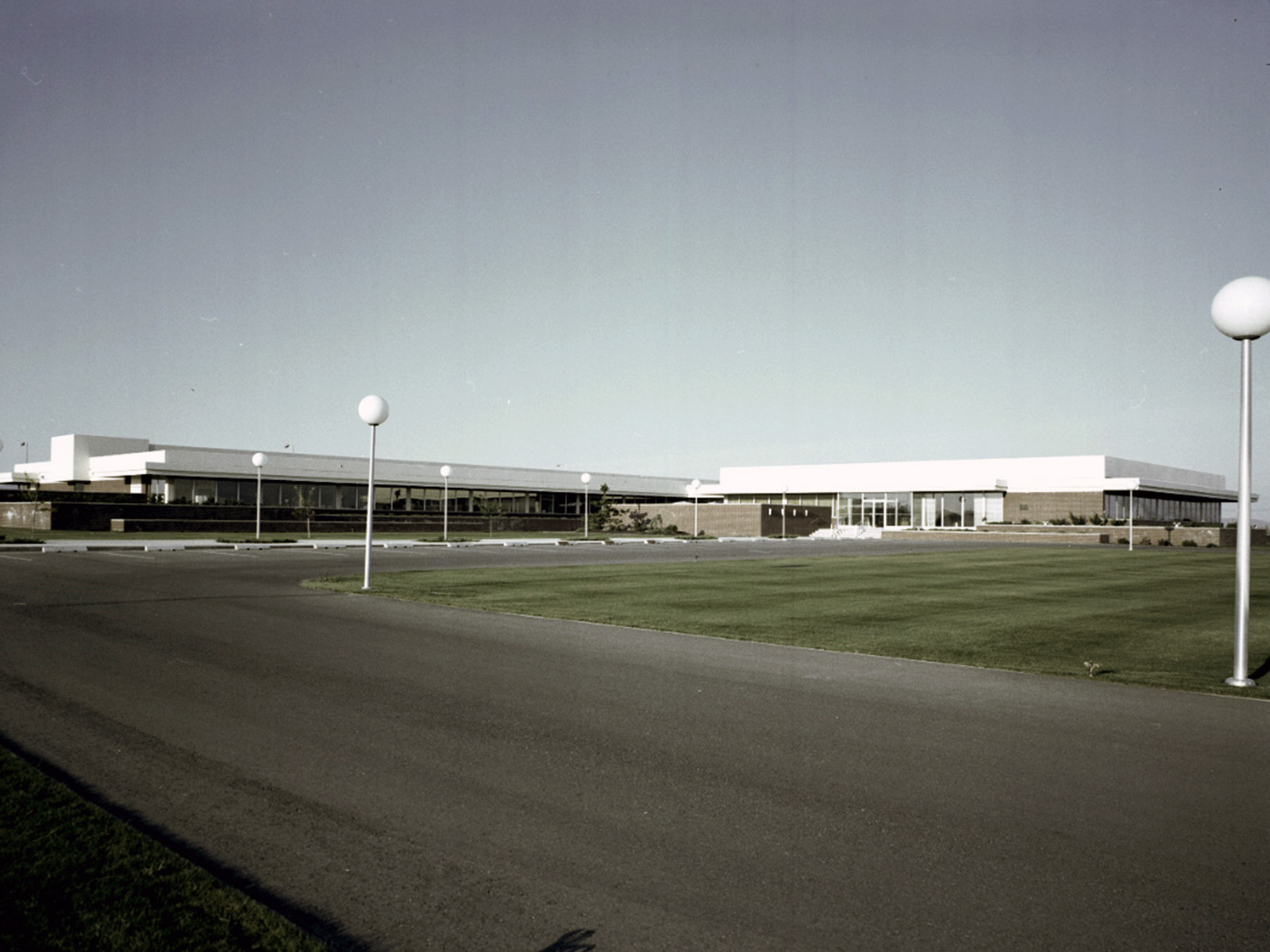
The laboratory complex was a good example of the mid-20th century International style and a key component of a very unique approach to Cold War community economic diversification. For these two reasons, RTL was eligible for the National Register of Historic Places. Although it no longer exists physically, it remains preserved for posterity in publicly available documents and photos.